Feasibility of Light Cargo Delivery Drones: Amazon Prime Air Analysis
VerifiedAdded on 2022/09/26
|5
|1479
|23
Report
AI Summary
This report examines the feasibility and effectiveness of light cargo delivery drones, particularly in the context of Amazon Prime Air. It begins with an introduction to light cargo drones, highlighting their benefits such as speed and environmental friendliness, and their potential to revolutionize the cargo industry. The report then explores the theoretical capabilities of these drones, including coding procedures, expected benefits, anticipated barriers (like physical safety, legal issues and lack of acceptance), potential problems, and proposed solutions. It analyzes the practical feasibility of Amazon Prime Air's drone delivery service, considering factors like safety, weather conditions, regulations, and financial viability. The report concludes with a summary of findings and recommendations, including the need for ground reality checks, operator line of sight, and regular drone testing. The report emphasizes that while the technology is promising, several challenges and limitations must be addressed for successful implementation. The report also cites several references to support the analysis.
1 out of 5
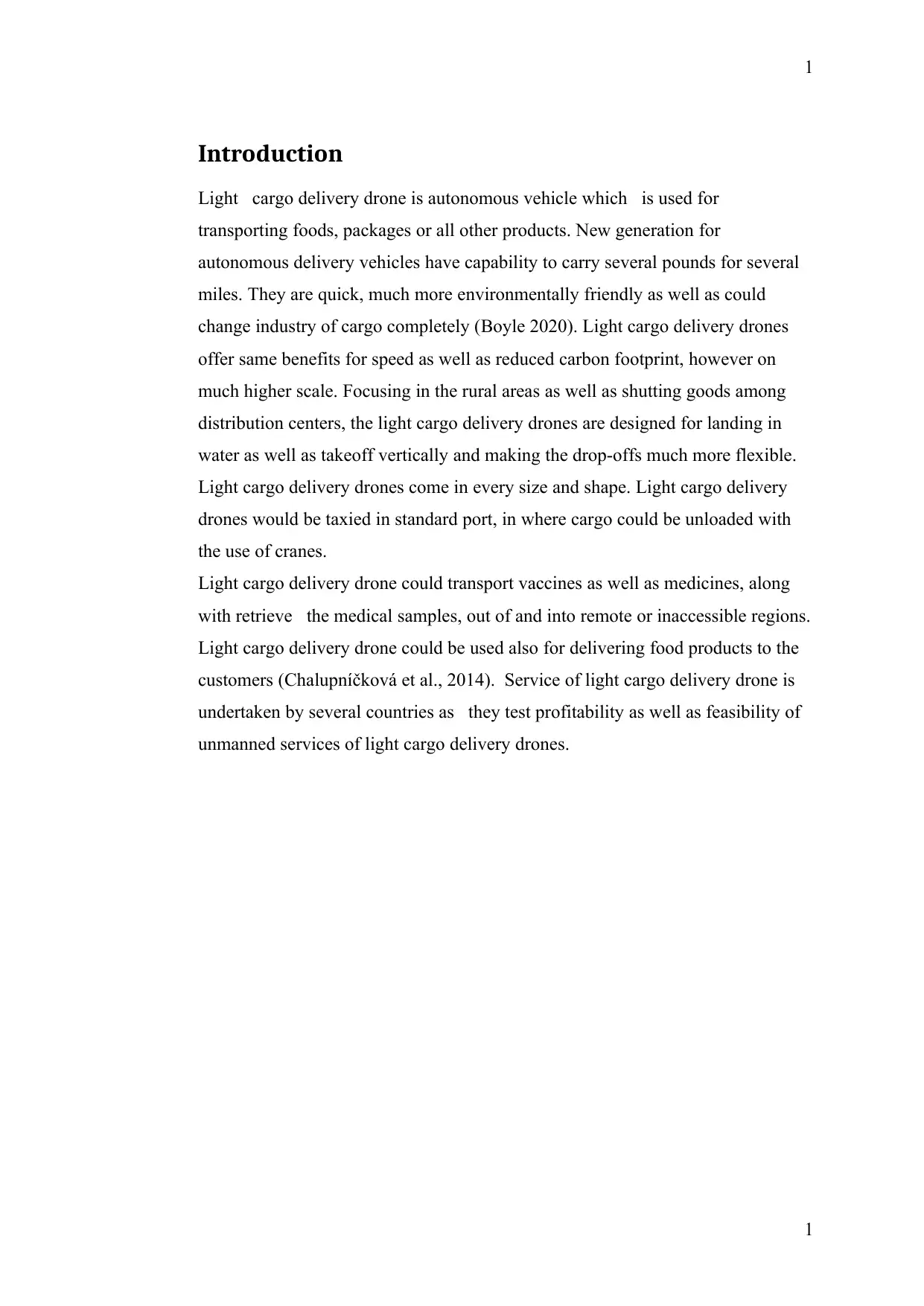
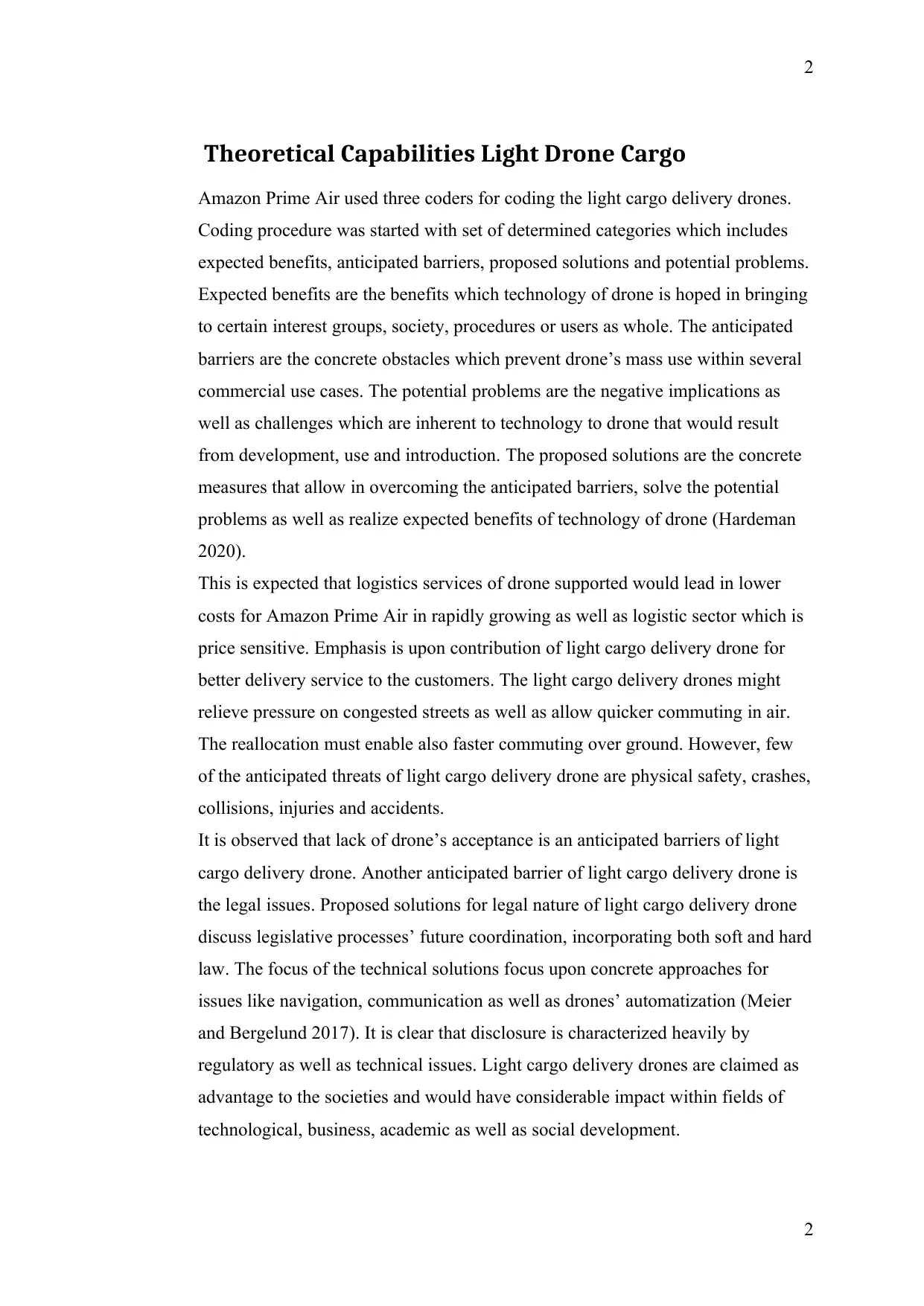
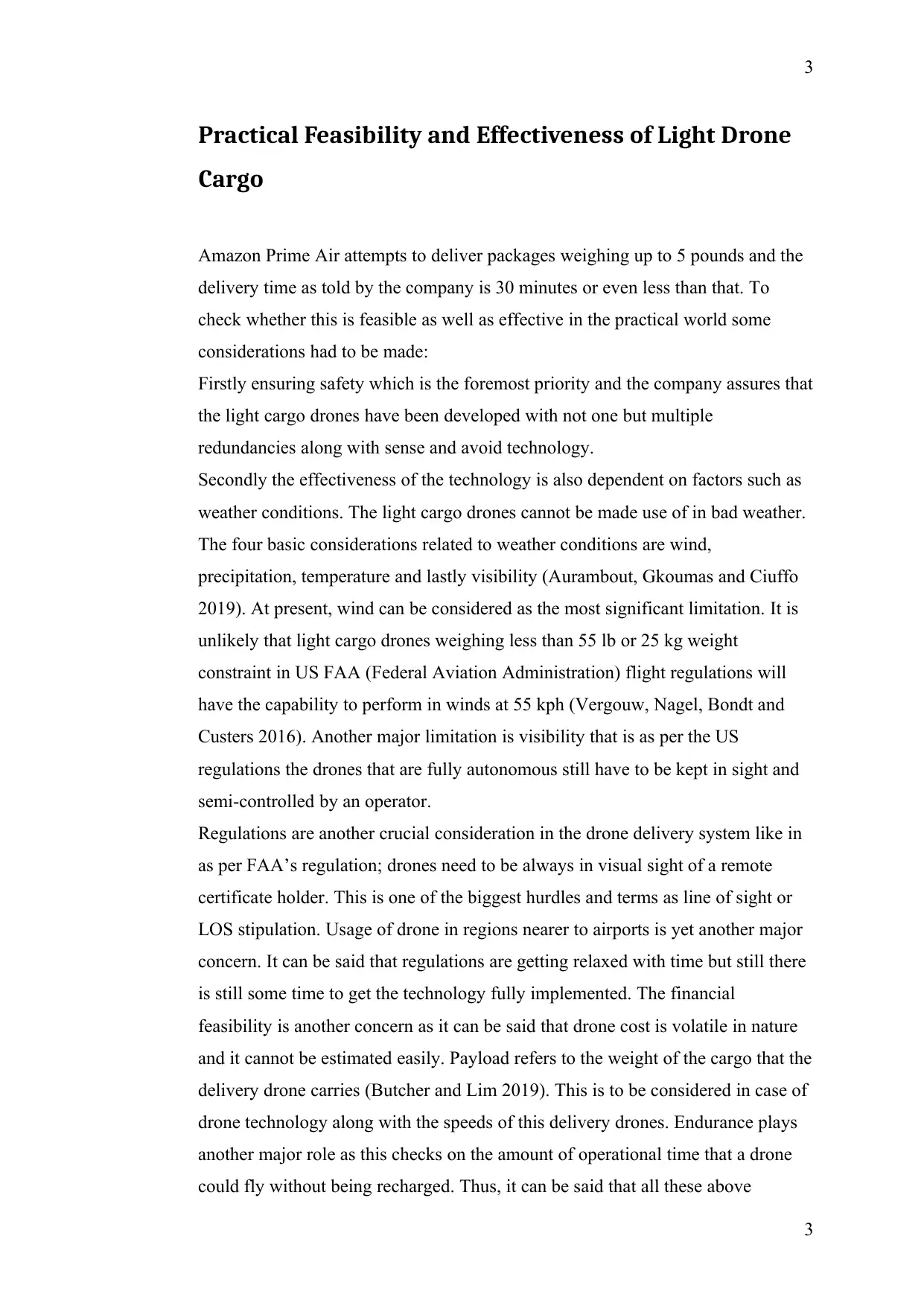
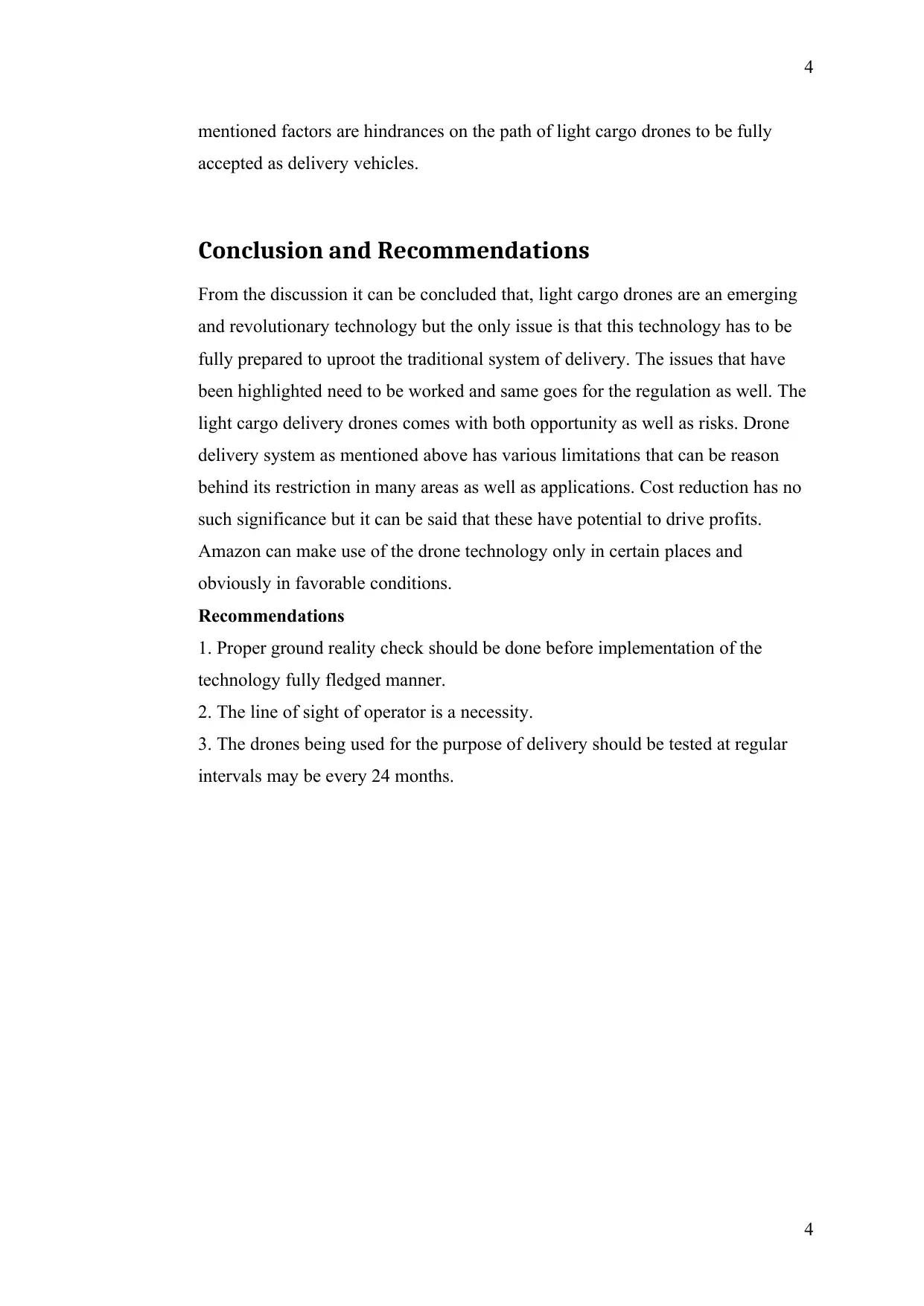
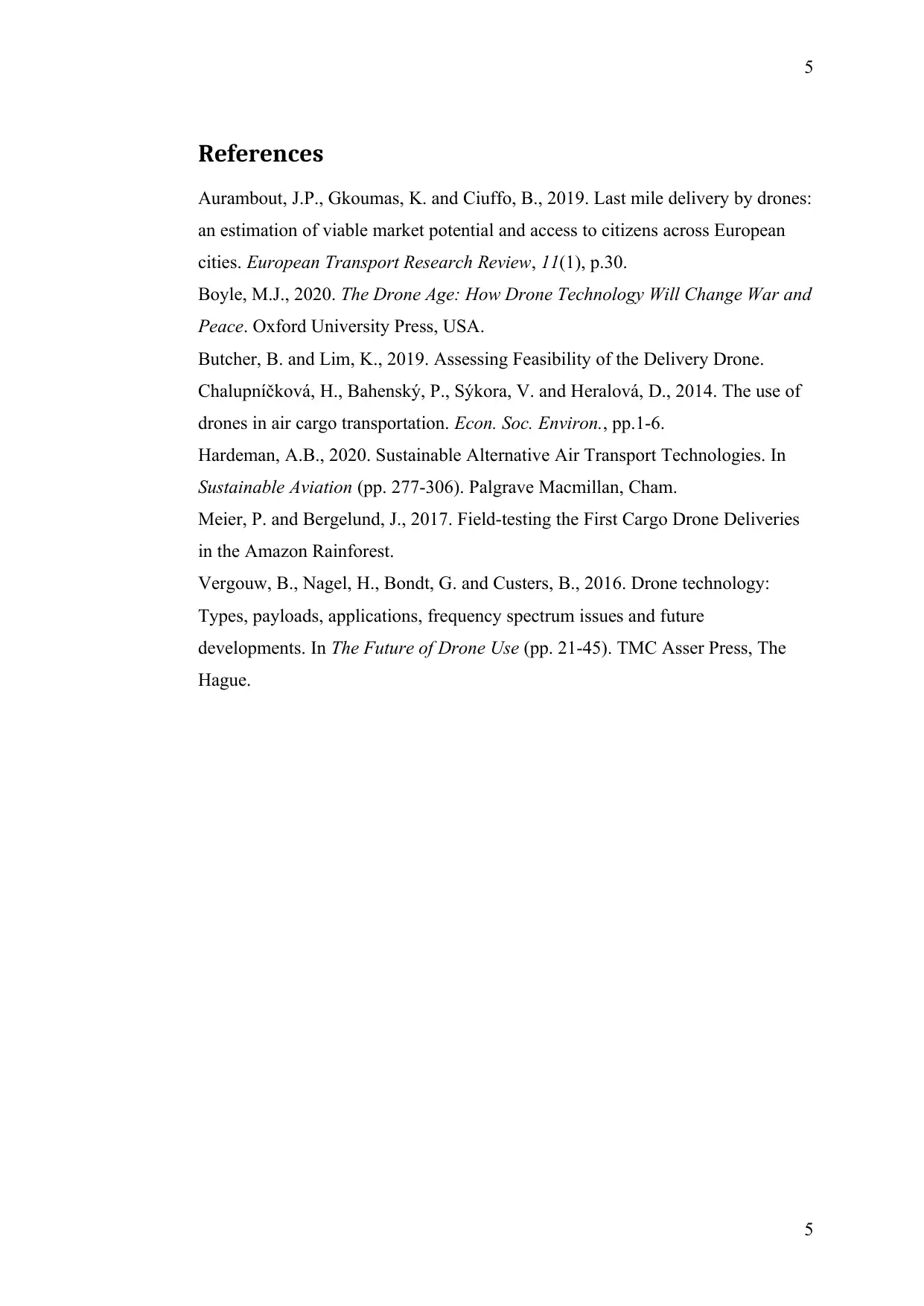

![[object Object]](/_next/static/media/star-bottom.7253800d.svg)